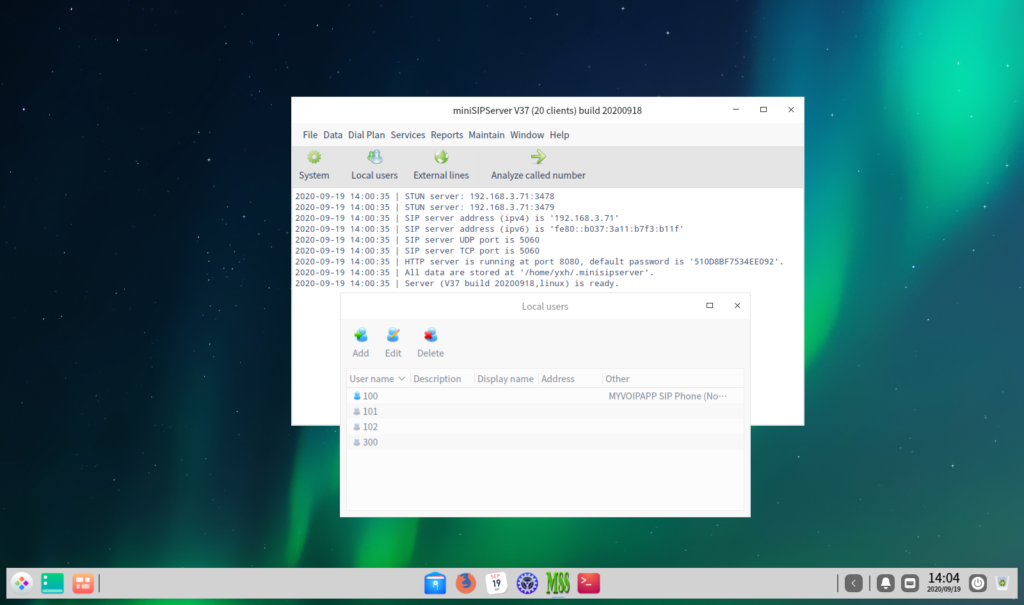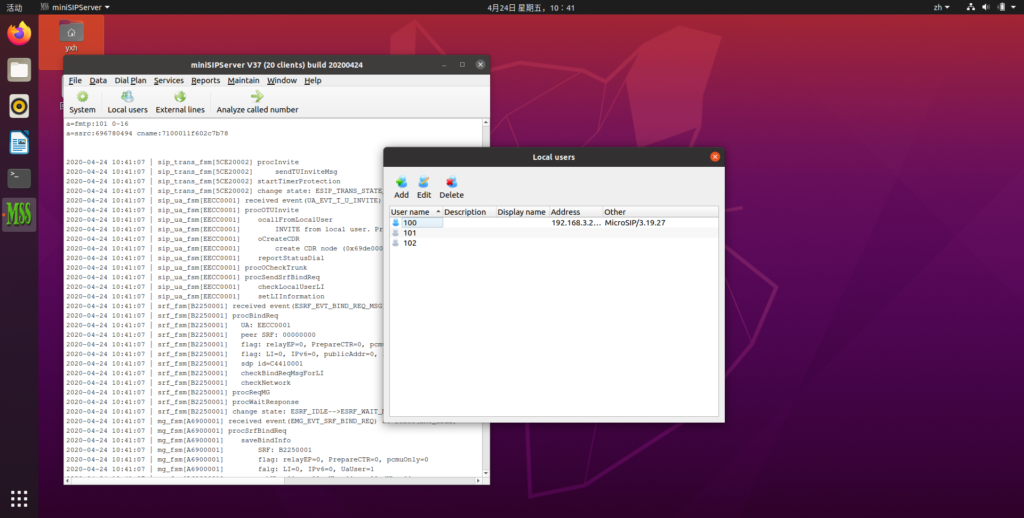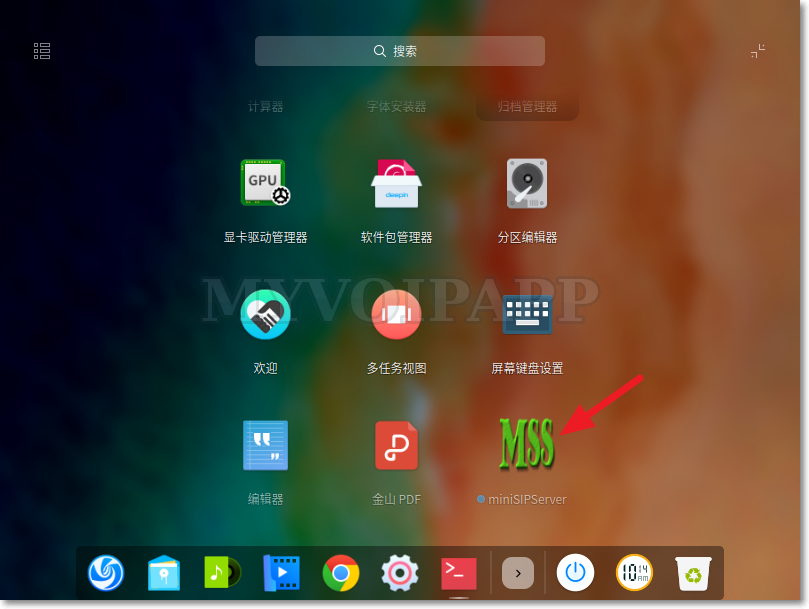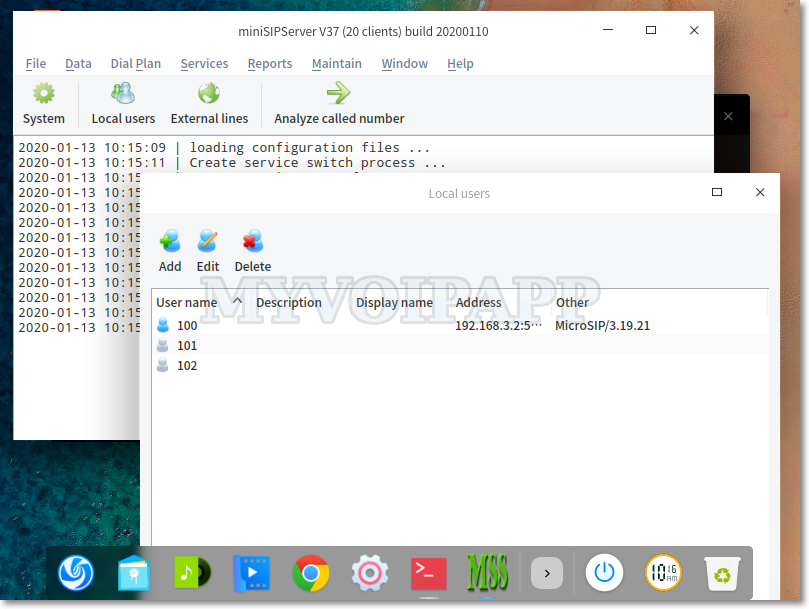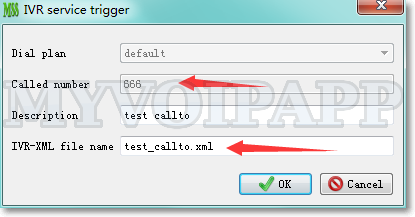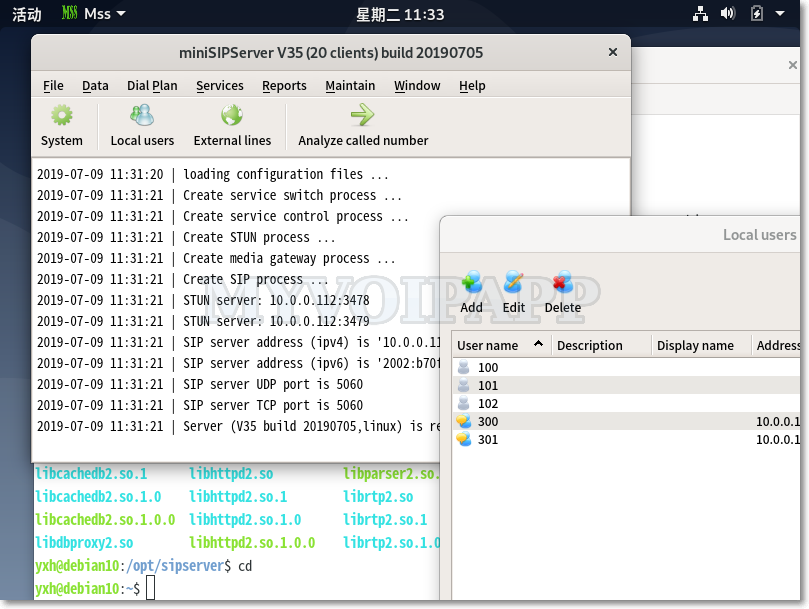Customized resource files
Sometimes we need to use customized resource files, such as audio files, special IVR flows, certificate files and so on. With previous versions, all these files are stored in miniSIPServer install directory or its sub directories.
It could be a management problem when trying to uninstall or upgrade miniSIPServer. We have to be very careful to backup our own resource files.
V38 (build 20210108) is released to refine this. Customized resource files are separated to be stored in independent directories which are in application data directory.
For example, customized audio files will be stored in ‘custAnn’ directory. Once miniSIPServer is uninstalled or upgraded, these audio files will be kept without any affection.
Please refer to online document for more details.


